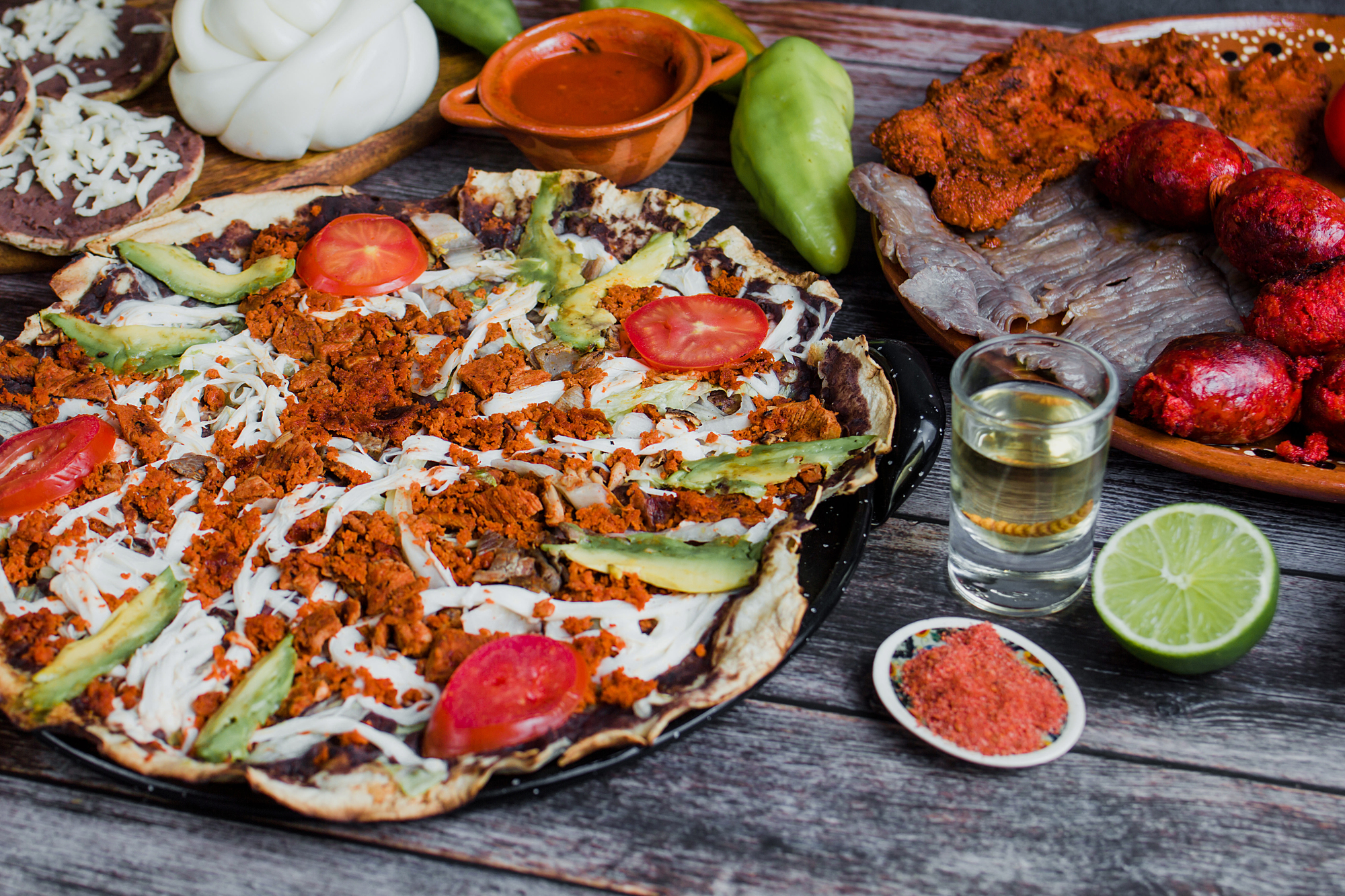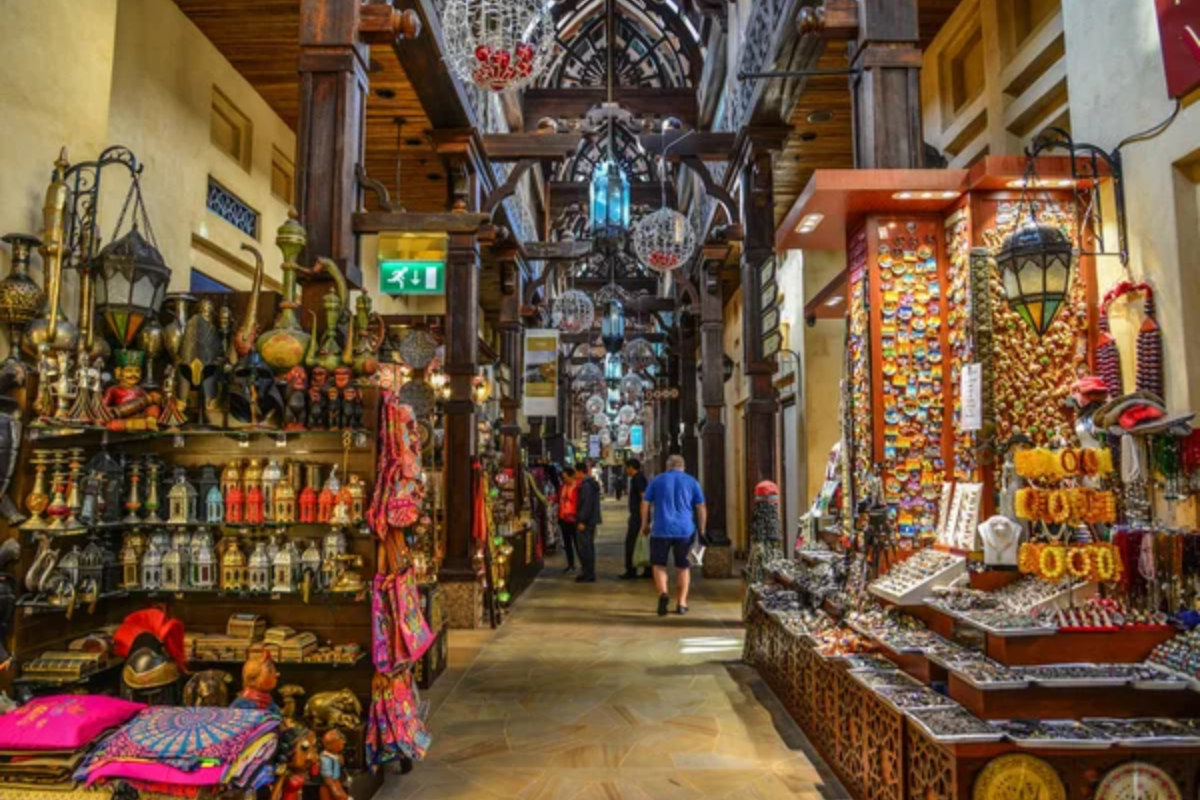Planning your perfect beach getaway requires understanding what makes each destination unique. Mexico and the Caribbean both offer stunning coastlines with azure waters, but the experiences they deliver can be dramatically different in subtle yet meaningful ways.
The distinction between these popular tropical destinations goes far beyond geography. Here is a list of 15 key differences that might sway your decision when choosing between Mexico’s shores and the Caribbean’s island paradises.
The Cultural Dive

Mexico doesn’t just offer beaches—it throws thousands of years of fascinating history into the mix. One morning, you’re lounging by the ocean; that afternoon, you’re standing in Tulum’s ancient ruins with waves crashing in the background. Mexican beach towns maintain their identity regardless of tourism.
Street food vendors still serve locals, traditional celebrations happen right alongside resort activities, and you’re never far from authentic experiences. The history feels tangible—colonial architecture, indigenous influences, and Spanish heritage blend in ways that simply feel different from anywhere in the Caribbean.
Language Reality Check

In Mexico, Spanish dominates—even in tourist zones. Sure, resort staff speak English, but step a few blocks away in Puerto Vallarta or Cabo and you’ll need at least basic Spanish phrases to get by comfortably. This creates a distinct travel experience that reminds you you’re in another country.
Caribbean islands—especially former British colonies like Jamaica or Barbados—function primarily in English. The language barrier basically disappears, creating an entirely different travel dynamic where casual conversations with locals happen naturally without the awkward pauses of translation apps.
Like Travel Pug’s content? Follow us on MSN.
Food That Actually Tastes Different

Mexican beach food will ruin you for ordinary tacos forever. Each region has its distinct flavors—Baja’s fish tacos taste nothing like Yucatan’s cochinita pibil. Even resort food typically maintains legitimate Mexican flavoring rather than watered-down tourist versions.
Caribbean cuisine varies wildly from island to island—Jamaican jerk has nothing in common with Bahamian conch fritters. The islands often incorporate historical influences from African, French, Dutch, British, and Indian cooking traditions, creating fusion styles you won’t find anywhere else.
Also worth noting: Caribbean islands import most ingredients, while Mexican coastal regions typically serve more locally sourced meals.
What Your Money Gets You

Your vacation dollars simply go further in Mexico—that’s just reality. Comparable luxury resorts in Mexico typically cost 20-30% less than their Caribbean equivalents. Meals, transportation, souvenirs, activities—nearly everything costs less while often delivering better quality, especially in all-inclusive properties.
The Caribbean positions many of its islands (St. Barts, Anguilla, Turks & Caicos) as premium destinations with prices to match. A simple beachfront dinner for two might cost twice what you’d pay in Mexico for a similar experience.
This isn’t about “cheap” vs. “expensive”—it’s about value and what your budget actually delivers.
Size Matters

Mexico does resorts at a scale the Caribbean rarely matches. Places like Cancun’s Hotel Zone feature massive properties with 500+ rooms, multiple pools and restaurants, and entertainment complexes that feel like small cities. Caribbean properties (outside the Dominican Republic and Jamaica) typically run smaller—more like 50-200 rooms—creating more intimate experiences where staff remember your name and preferences.
The service styles reflect this difference: Mexican resorts operate with impressive efficiency to handle their scale, while Caribbean properties often embrace a deliberately slower pace that forces you to relax into island time.
Like Travel Pug’s content? Follow us on MSN.
Sand and Shore Differences

The beaches themselves tell different stories. Mexico’s Caribbean coast (Cancun, Tulum, Playa del Carmen) features postcard-perfect white powder sand and turquoise water, while its Pacific coast offers dramatically different golden beaches with stronger waves and mountainous backdrops.
Caribbean islands showcase incredible variety—Antigua alone claims 365 distinct beaches. The Caribbean also offers more secluded coves and hidden beaches accessible only by boat, while Mexico’s beaches tend to be more developed with easier access but less privacy.
Nothing beats discovering a tiny stretch of perfect Caribbean sand that somehow still doesn’t have a name.
The Underwater World

If you’re packing a snorkel mask, here’s the truth: Caribbean water clarity typically beats Mexico hands down. Islands like the Bahamas or Turks & Caicos offer extraordinary visibility—often 100+ feet—making even novice snorkelers feel like marine biologists. Mexico has beautiful waters, but visibility varies dramatically with seasons and locations.
That said, Mexico offers unique underwater experiences impossible elsewhere—whale shark migrations off Isla Holbox or the cenotes (freshwater sinkholes) of the Yucatan create diving experiences no Caribbean island can match. Different water, different experiences.
Wildlife Encounters

The creatures you’ll meet vary dramatically between destinations. Caribbean islands generally maintain healthier coral reef systems, particularly around environmentally conscious places like Bonaire or the Exumas that have protected marine parks for decades.
Mexico’s special wildlife moments happen on a larger scale—massive sea turtle nesting on protected beaches, whale watching off the Pacific coast, or flamingo gatherings in Rio Lagartos. The cenotes of the Yucatan contain completely different ecosystems from anything in the Caribbean—cavefish, and crystal-clear freshwater organisms exist in these ancient limestone formations.
Like Travel Pug’s content? Follow us on MSN.
Getting Around Hassles

How easily you can explore shapes your vacation enormously. Mexico’s major beach destinations feature developed transportation networks—reliable taxis with standardized (if sometimes negotiable) fares, public buses that actually run on schedule, and rental car operations where driving feels familiar to Americans.
Most Caribbean islands offer limited public transportation, making taxis expensive necessities, while rental cars often come with the adventure of left-side driving on British-influenced islands. Island-hopping requires flights or ferry services with scheduling limitations, while Mexico allows easier movement between beach towns along the same coastline.
Weather Realities

Both regions stay warm year-round, but seasonal differences matter. Mexico’s Pacific beaches have more distinct dry and rainy seasons, while Caribbean-facing Riviera Maya stays more consistent. The Caribbean faces greater hurricane risk during the official season (June through November), though southern islands like Aruba and Curaçao rarely see major storms.
Mexico’s hurricane risk concentrates on its Caribbean coast, with Pacific destinations less frequently affected. The practical impact? Caribbean travel insurance matters more during storm season, while Mexico offers more regional weather diversity for planning around seasons.
After Dark Differences

Nightlife creates entirely different vacation vibes. Mexican beach destinations like Cancun and Cabo built their reputations partly on concentrated entertainment districts packed with megaclubs, massive bars, and entertainment venues that pulse until sunrise.
Caribbean nightlife feels more organic and local—rum shops in Barbados, reggae beach bars in Jamaica, or impromptu street parties on smaller islands. The energy differs completely: Mexico delivers organized nightlife as entertainment products, while Caribbean evenings often feel more like joining local traditions that happen to welcome visitors.
Like Travel Pug’s content? Follow us on MSN.
Shopping Experiences

What you bring home differs dramatically between these destinations. Mexican beach areas excel at artisan crafts—hand-painted ceramics, silver jewelry from Taxco, and textiles from specific regions—alongside resort mall shopping.
Caribbean islands leverage their duty-free status to specialize in luxury goods, particularly jewelry, watches, and premium liquor brands, at potentially significant savings. Local crafts exist but vary dramatically by island—straw work in the Bahamas bears no resemblance to spice products from Grenada or rum cakes from Jamaica.
Your souvenirs tell completely different stories.
Beyond the Beach Options

Your non-beach activities shape vacation memories just as much as beach time. Mexico offers extraordinary diversity in day trips—ancient Mayan ruins, colonial cities like Merida or Valladolid, cenote swimming, adventure parks like Xcaret, or mountain towns within driving distance of the coast.
Caribbean excursions typically center around natural formations, historical plantation houses, and water-based activities, with fewer large-scale attractions but more intimate experiences like small-batch rum distillery tours or hiking to hidden waterfalls. Mexico gives you more diversity of experiences; the Caribbean offers more beach-focused simplicity.
Landscape Diversity

The actual scenery creates fundamentally different visual backgrounds for your beach photos. Mexico’s coastlines often feature dramatic elevation changes, particularly along the Pacific, where mountains meet the ocean, creating stunning sunsets against mountainous backdrops.
Caribbean islands showcase distinct formations based on their geological origins—the volcanic dramatic peaks of St. Lucia look nothing like the flat coral formations of Anguilla. These physical differences influence everything from the types of beaches to the available activities and even the kinds of photos you’ll bring home.
Like Travel Pug’s content? Follow us on MSN.
Getting There Hassles

Practical travel logistics matter enormously. Mexico offers superior airlifts from North American cities with more direct flights to multiple airport gateways at generally lower prices. Most Caribbean islands require connections unless you’re headed to Jamaica or the Dominican Republic, adding travel time and complexity.
Mexico maintains better cellular coverage and internet connectivity across its beach regions, while many Caribbean islands still struggle with reliable service outside of main tourist areas. If working remotely factors into your beach plans, Mexico generally makes connectivity easier.
The Search for “Real”

Both destinations offer authenticity, just different versions of it. Mexico rewards curious travelers with accessible small towns, family-run restaurants, and regional specialties within short distances of major beach destinations. Finding “real Mexico” requires minimal effort, even from resort areas.
The Caribbean’s smaller islands like Dominica, Nevis, or Bequia preserve traditional island life that contrasts dramatically with developed destinations like Nassau or Montego Bay. The Caribbean’s authentic experiences often require more effort to discover but deliver distinctive island cultures shaped by colonial histories, unlike anything in Mexico.
Neither Mexico nor the Caribbean has a monopoly on perfect beach vacations—they simply speak different languages of tropical escape. Mexico delivers cultural depth, better value, and diverse experiences with easier logistics.
The Caribbean offers world-class water clarity, more intimate accommodations, and distinctive island personalities. The perfect choice depends entirely on what kind of traveler you are and what your particular version of paradise looks like.
More from Travel Pug

- Cities Growing so Fast You Won’t Recognize Them in 10 Years
- 13 Destinations Where Tourists Regularly Regret Their Trip
- 20 Obscure WWII Sites Even History Buffs Don’t Know About
- 10 Under-the-Radar Mountain Towns That Are Both Affordable and Beautiful
- Remote Villages in Europe Where You Can Live for Free in Exchange for Work
Like Travel Pug’s content? Follow us on MSN.
